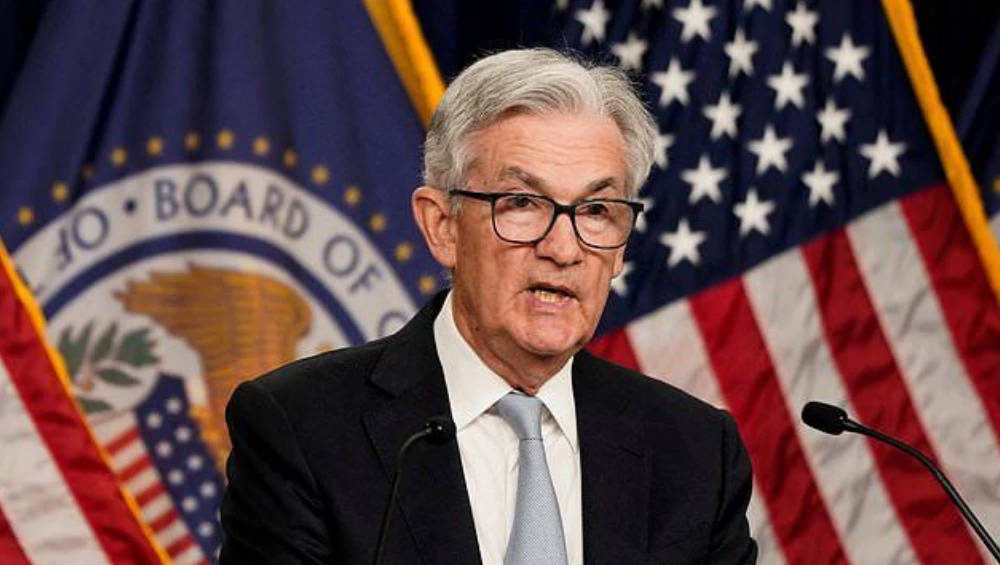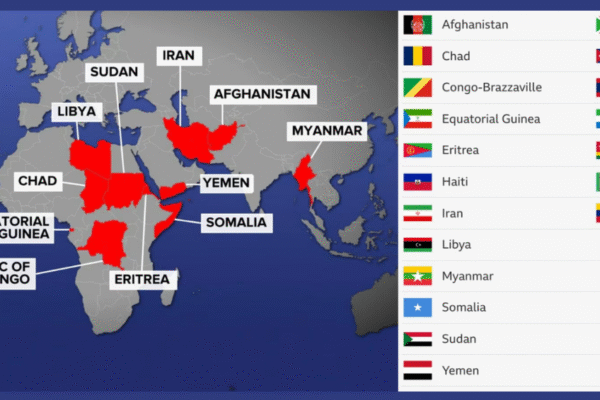As the global economy continues to face shifting tides, the United States has entered the second quarter of 2025 with signs of economic stabilization. The latest inflation data suggests a modest decline in consumer prices, offering a glimmer of hope for businesses and households alike. At the center of this cautious optimism stands the Federal Reserve, the most influential monetary authority in the world. Its policies, statements, and forecasts continue to shape not just the domestic economy but also ripple through international financial markets. This article explores how the Federal Reserve is interpreting the recent cooling of inflation and what its future actions might mean for the U.S. and global economies.
Understanding the Inflation Trends
Inflation in the United States has been a major concern since the post-pandemic recovery phase, with the Consumer Price Index (CPI) peaking at historically high levels in 2022 and 2023. However, in Q2 2025, recent data from the Bureau of Labor Statistics indicates that inflation has cooled to an annualized rate of 3.1%, down from 3.8% in the previous quarter. This decline, while modest, is being interpreted by the Federal Reserve as a positive signal, though not one that justifies complete relaxation.
The Federal Reserve has responded to persistent inflation over the past three years with a series of aggressive interest rate hikes. This approach was intended to curb excessive demand and stabilize prices. While the move did cause slower growth and concerns about a potential recession, it has also contributed to the current easing of inflation pressures.
The Role of the Federal Reserve in Inflation Management
The Federal Reserve plays a central role in managing inflation through monetary policy tools such as the federal funds rate, open market operations, and reserve requirements. Throughout the past year, it maintained a cautious but firm stance, keeping interest rates relatively high to ensure inflation remained on a downward trajectory.
Federal Reserve Chair Jerome Powell, in his latest statement, emphasized that while the recent cooling of inflation is “encouraging,” the Fed is “not yet ready to declare victory.” The Federal Reserve continues to monitor multiple indicators — including wage growth, core inflation, and global commodity prices — before making any significant changes to its policy outlook.
Economic Indicators and the Fed’s Reaction
The U.S. labor market remains relatively strong, with unemployment at 4.2%, indicating resilience despite tight monetary policy. However, wage growth has slowed, which the Federal Reserve views as a key sign that inflationary pressures may be subsiding.
Housing prices have also stabilized in several major markets, thanks in part to higher mortgage rates stemming from policy actions. Consumer spending, though still healthy, has shown signs of deceleration — another factor that the Federal Reserve is likely to consider in its policy decisions in the future.
Cautious Optimism Explained
The phrase “cautious optimism” used by the Federal Reserve captures the complex reality of the current economic environment. On one hand, the progress in curbing inflation is real and measurable. On the other hand, it understands the risk of easing policy too soon. Doing so could lead to a resurgence of inflation, undermining the hard-earned gains of the past two years.
Some members of the Federal Open Market Committee (FOMC), which sets interest rate policy, have warned against “premature loosening.” They stress that the Federal Reserve must continue to act carefully and deliberately, ensuring that inflation moves sustainably toward its 2% target before any significant rate cuts are considered.
Global Implications of Fed Policy
The Federal Reserve’s actions are not limited in impact to the U.S. economy. Global investors and central banks pay close attention to the Fed’s every move. When the interest rates change, they affect currency exchange rates, capital flows, and investment decisions worldwide.
For example, a pause or pivot in Federal Reserve rate hikes could ease pressure on developing economies that rely heavily on dollar-denominated debt. Similarly, global commodity prices, including oil and food, often react swiftly to any perceived change in Fed policy.
Criticism and Political Pressure
While the Federal Reserve is designed to operate independently of political influence, it has not been immune to criticism. Some lawmakers argue that the Fed’s rate hikes have disproportionately affected low-income Americans and small businesses, making credit more expensive and slowing job creation.
Others, however, have praised the Federal Reserve for staying the course and resisting political pressure. They point to the declining inflation rate as evidence that the Fed’s tough stance has been effective. The debate underscores the difficult balance the Federal Reserve must strike between controlling inflation and supporting growth.
Technology, Productivity, and Fed Outlook
An emerging theme in 2025 is the role of technology and productivity gains in shaping inflationary trends. The Federal Reserve has noted that increased automation, AI adoption, and digital infrastructure investments may lead to improved efficiency and cost reduction across sectors, potentially contributing to disinflationary forces.
If these trends continue, the Federal Reserve may have more room to maneuver its policy tools without triggering inflation. However, Fed officials remain wary of short-term overreliance on such assumptions, preferring instead to base decisions on hard data.
Market Reactions to Fed Statements
Financial markets have responded positively but cautiously to the Federal Reserve’s latest communications. The S&P 500 gained 2.3% following Powell’s speech, while bond yields remained stable. Analysts interpret this as a sign that investors believe the Federal Reserve will manage the transition toward rate normalization effectively.
Nevertheless, volatility remains a factor, especially with geopolitical risks and ongoing trade negotiations still looming. Market participants will continue to dissect every word from the Federal Reserve in the coming months.
Conclusion
The cooling of U.S. inflation in Q2 2025 marks a critical milestone in the nation’s ongoing economic journey. The Federal Reserve, while expressing cautious optimism, remains committed to its dual mandate of price stability and maximum employment. Its approach, measured and data-driven, reflects the complexity of navigating post-crisis economic recovery in a globally connected world.
As inflation trends continue to evolve, all eyes will remain on the Federal Reserve. Its decisions in the coming months will not only shape the trajectory of the U.S. economy but also send ripples through financial systems across the globe. One thing is certain: the Federal Reserve will continue to play a central, and often decisive, role in defining economic stability for the United States and beyond.








